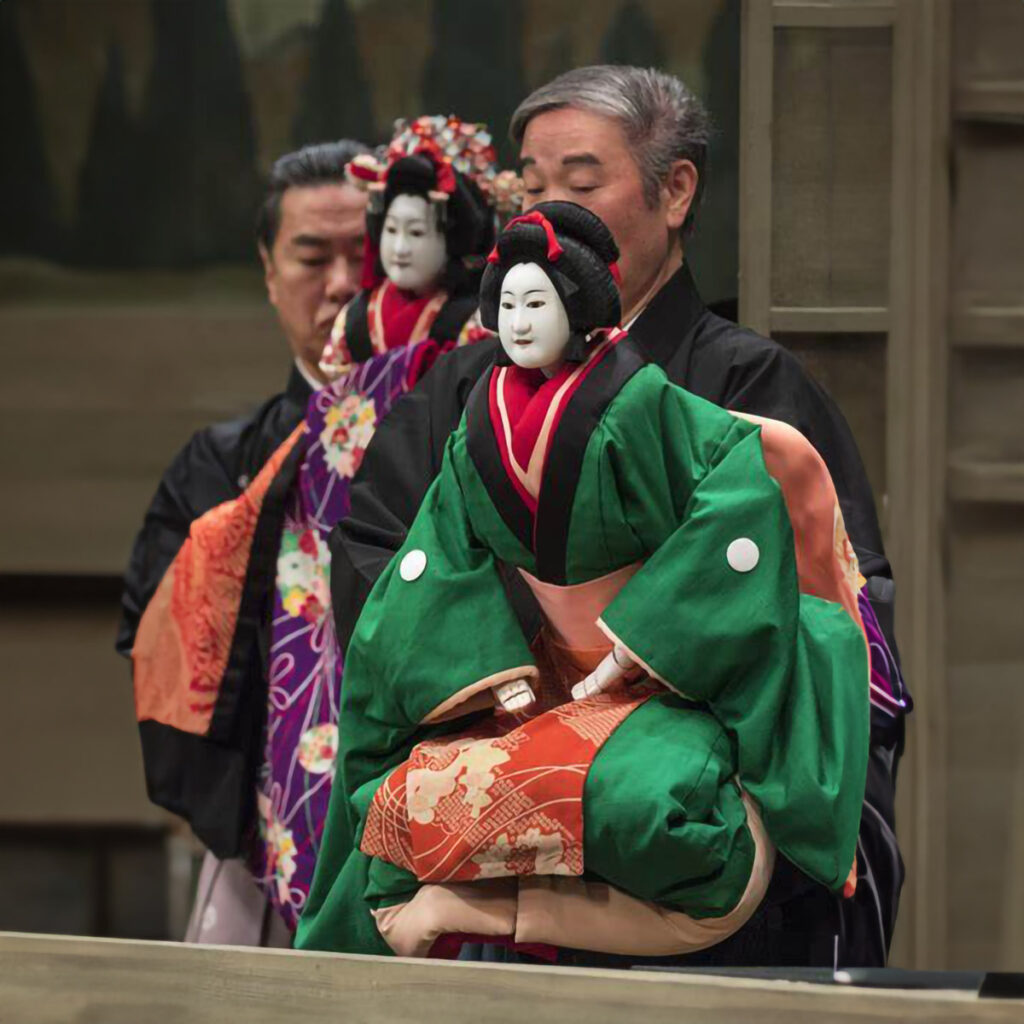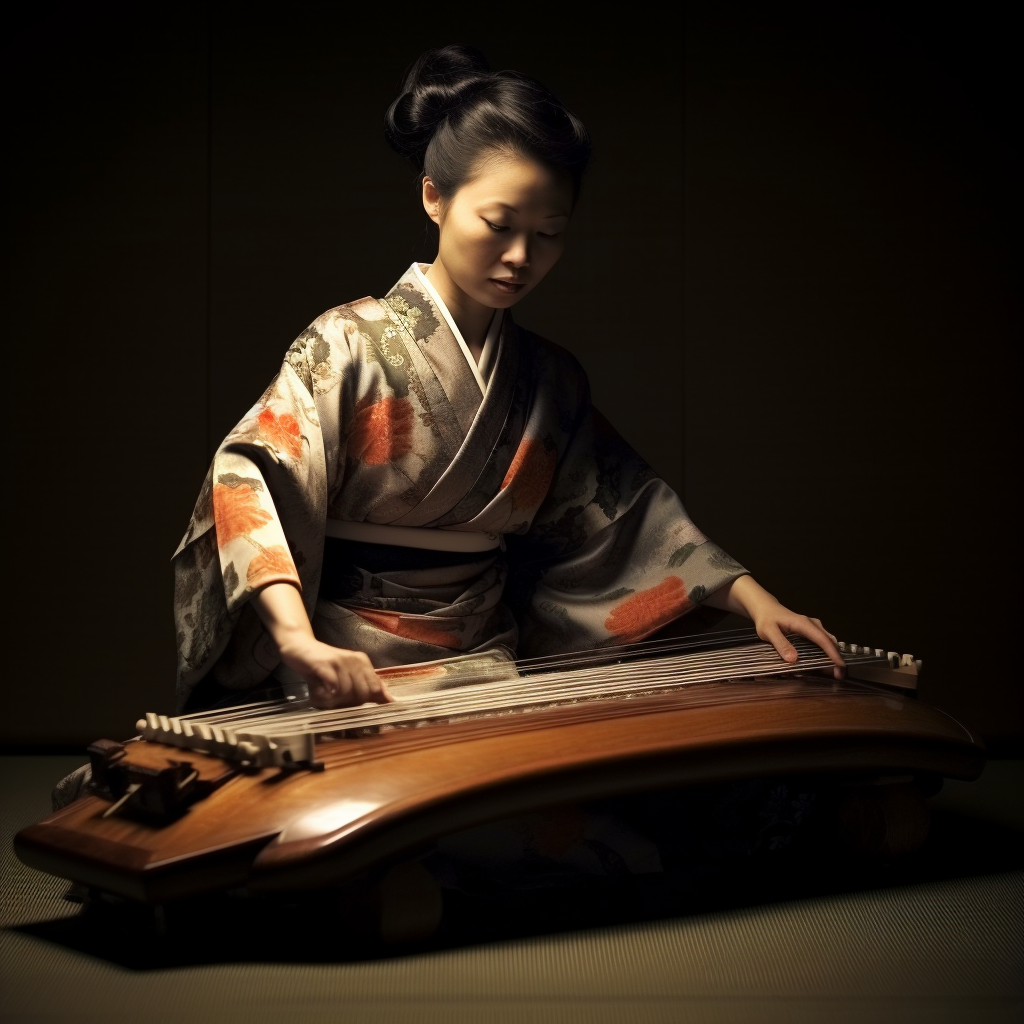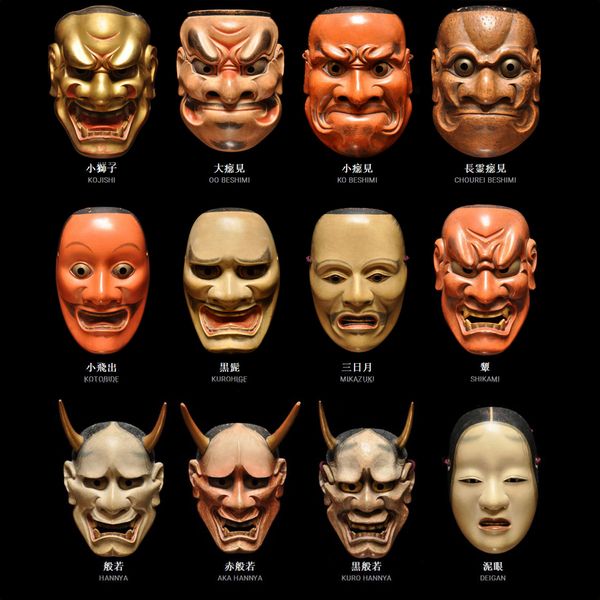Bunraku theater, also known as Ningyō Jōruri in Japan, is a traditional art form that skillfully combines puppet manipulation, live music, and storytelling. Originating in the 17th century, Bunraku has evolved to become a true cultural institution in Japan. This theater captivates audiences with its visual beauty and emotional depth. In this article, we will explore the key elements of Bunraku theater, its fascinating history, and its impact on Japanese culture.
History and Origins
Bunraku has its roots in the Edo period (1603-1868) in Japan, a time of cultural and artistic prosperity. It takes its name from “Ukiyo-e Bunraku”, a term used for popular images of the time. The art of Bunraku emerged from different artistic traditions such as Jōruri (sung story form) and puppetry. It quickly gained popularity and found its way into Osaka theaters.
The Bunraku Theater Puppets
The heart of Bunraku theater lies in the puppets, also called “ningyō”. These puppets, crafted like works of art, are approximately 1.2 meters high and often weigh nearly 15 kilograms. Three skilled craftsmen manipulate them: the main one, who manages the head and the right hand, the secondary one, who controls the left hand, and the third one, who takes care of the movements of the body. This precise coordination brings the puppets to life, creating impressive and expressive performances.
Jōruri: Emotional Music
Bunraku is accompanied by a form of narrative music called Jōruri. A reciter, called “Tayū”, sings emotional ballads that reflect the tone of the piece. A set of shamisen, a stringed instrument, plays the music, often supplemented by percussion. This combination creates a captivating atmosphere that heightens the emotions and brings the story to life.
Bunraku Theater Plays
Bunraku plays are often historical dramas or mythological stories. They can last several hours and are divided into acts. The stories highlight universal themes such as love, loyalty, and tragedy. This helps capture the audience’s attention with complex characters and plots.
The Cultural Heritage of the Bunraku Theater
Over the centuries, Bunraku Theater has become a cultural treasure in Japan. In 2003, UNESCO recognized its importance by classifying it as an intangible cultural heritage of humanity. Bunraku continues to fascinate spectators around the world. Indeed, this theater stands out for its constant efforts to preserve this traditional art form. But also, this theater adapts to contemporary tastes. Japanese theater, in general, is an essential Japanese cultural heritage. There are, moreover, many other forms of Japanese theater such as Kabuki or the Noh Theater. The No Theater differs from the Bunraku Theater by not the use of dolls, but of Japanese masks. Masks that can be found, moreover, on our online store here.
The Transmission Challenge
Despite its rich heritage, Bunraku faces the challenge of intergenerational transmission. The complexity of puppet manipulation and mastery of Jōruri requires years of training. Initiatives are underway to encourage the next generation and ensure the sustainability of this exceptional art form.
In conclusion, Bunraku theater is much more than just a performance. It is a celebration of history, music and craftsmanship. It is a cultural treasure that has survived the centuries while continuing to amaze spectators around the world. Through its skillfully animated puppets, its captivating music and its timeless stories, Bunraku remains an unforgettable experience. It thus captures the very essence of human creativity and emotion.



